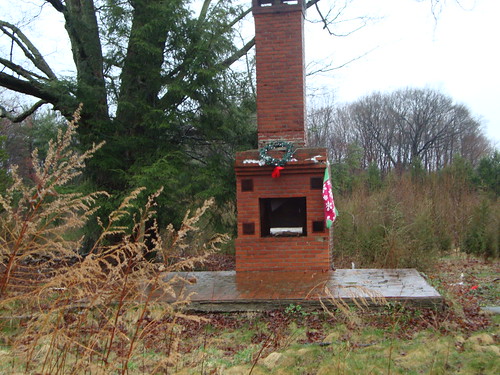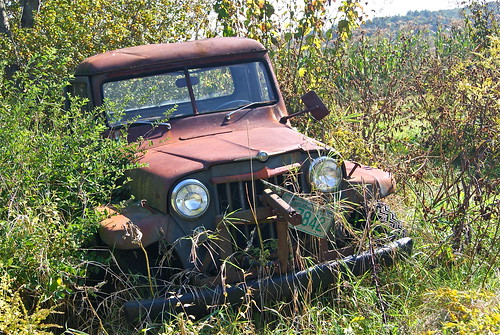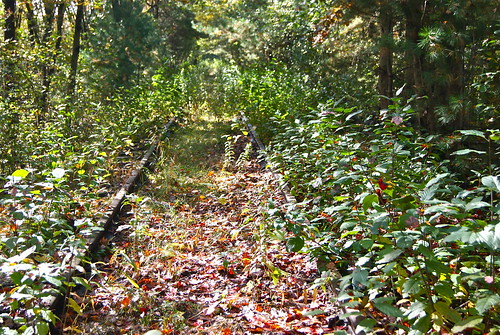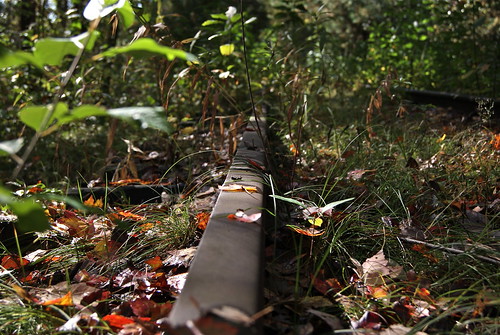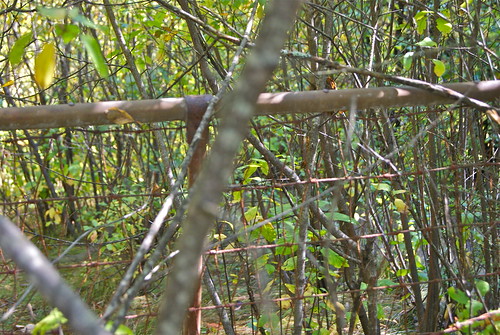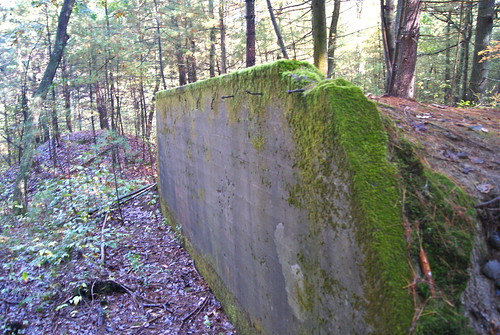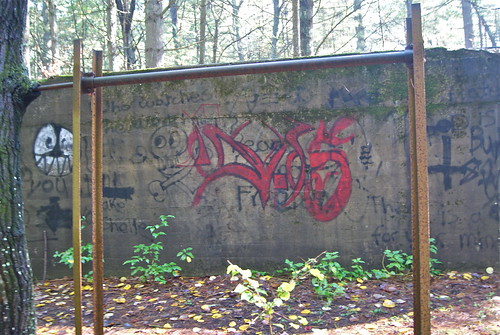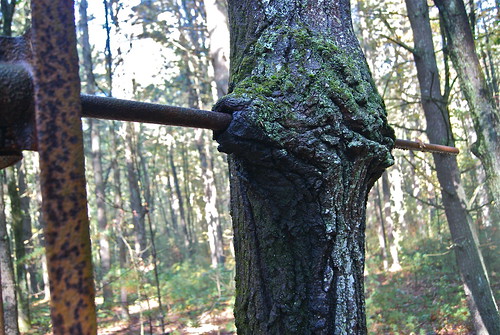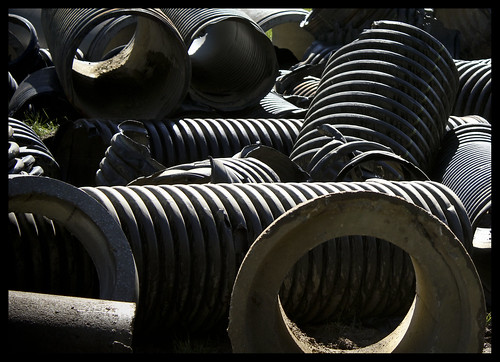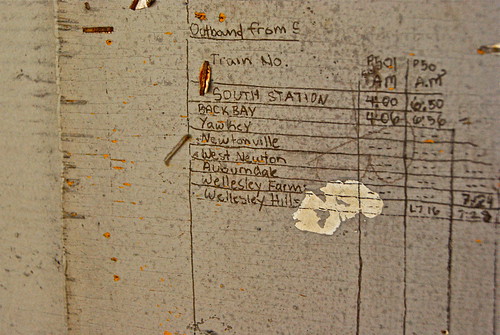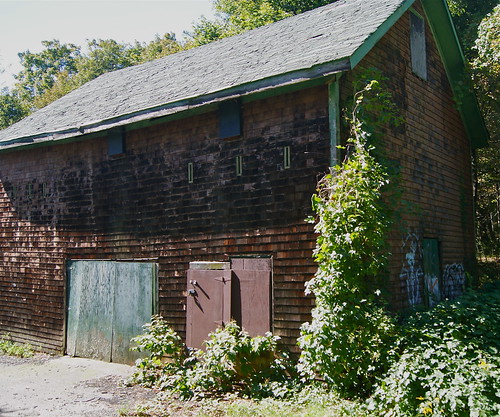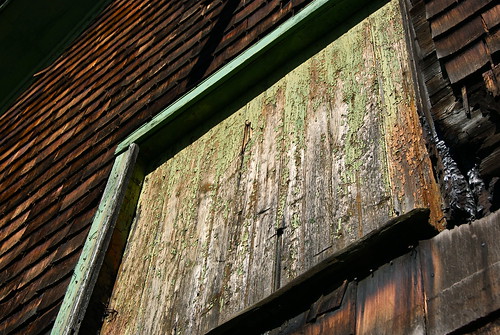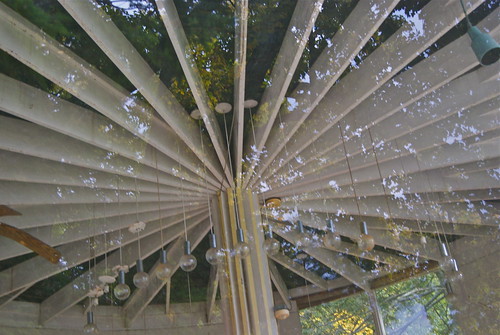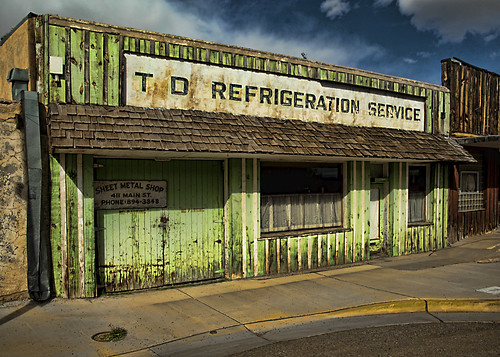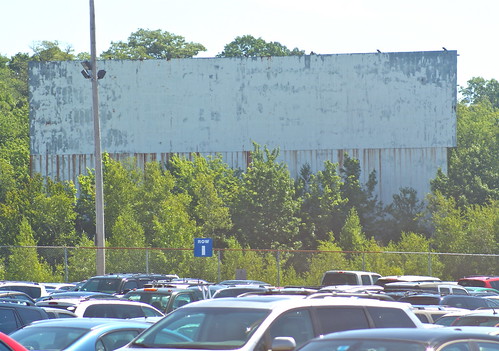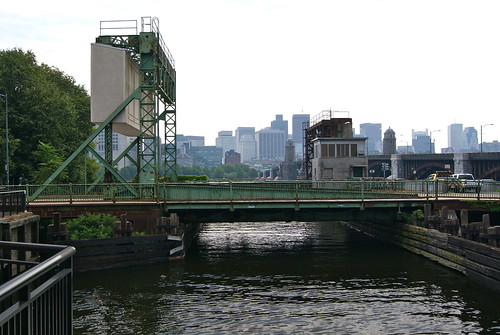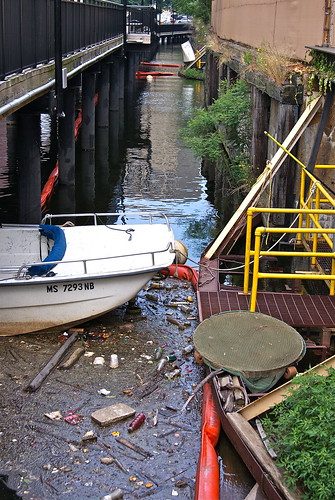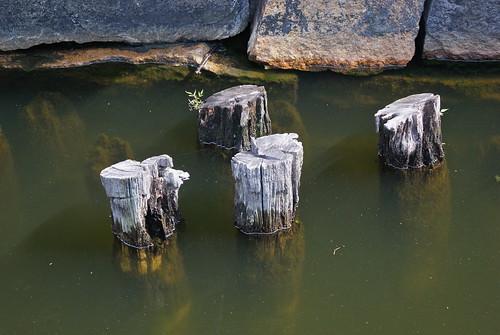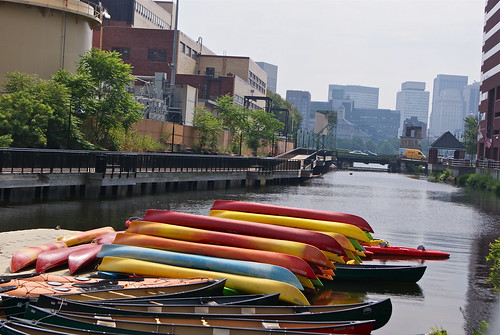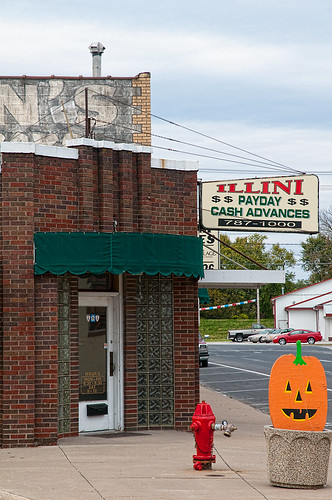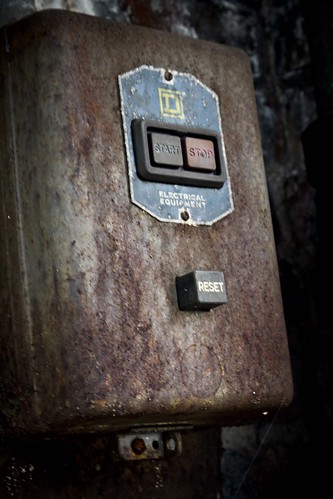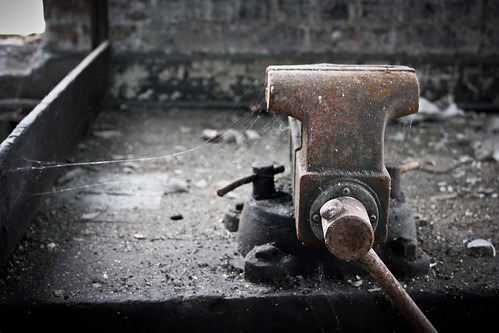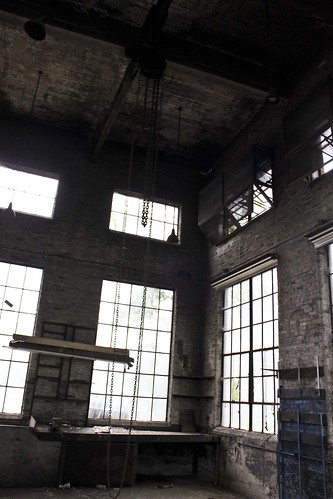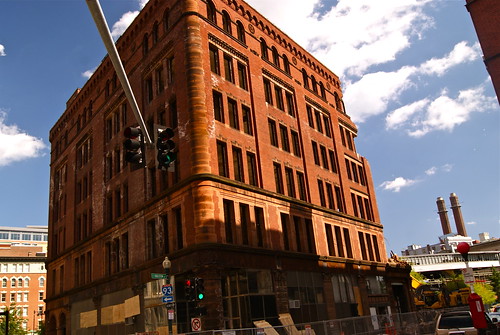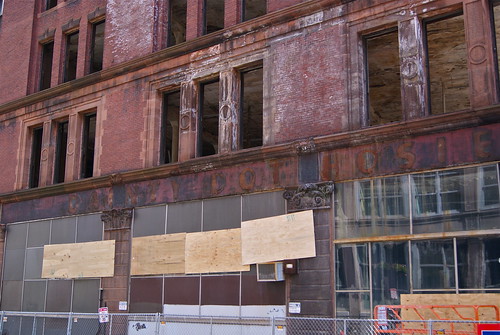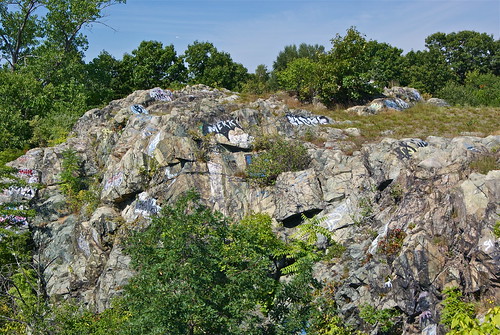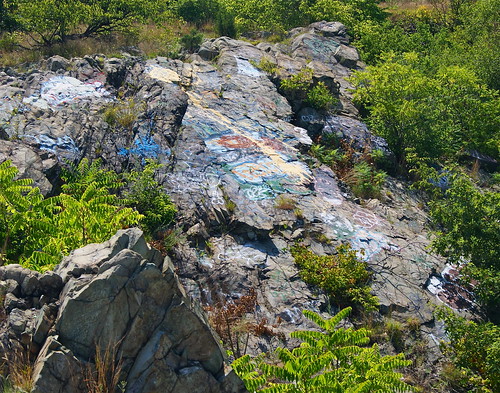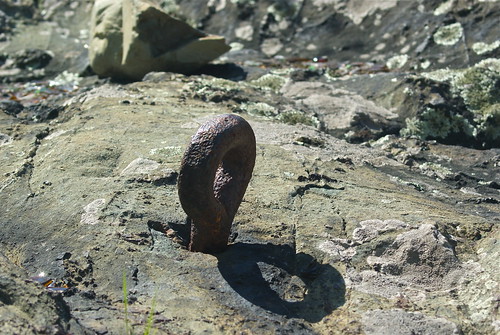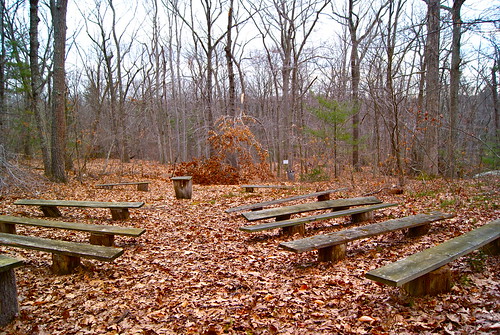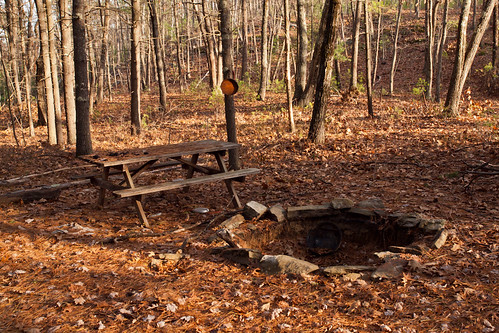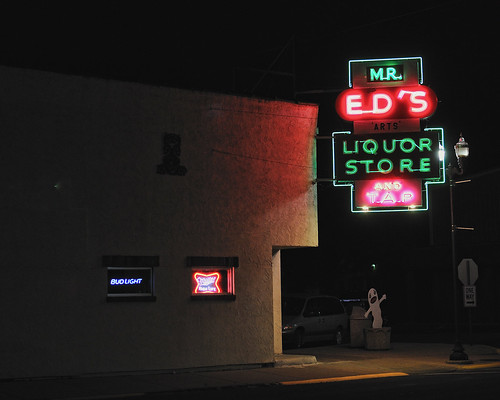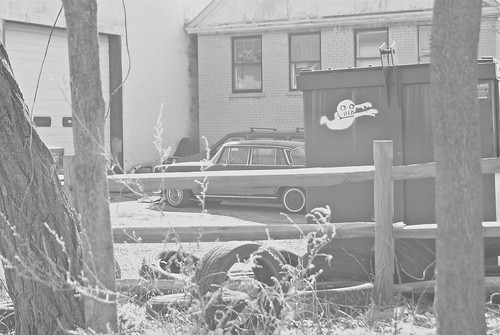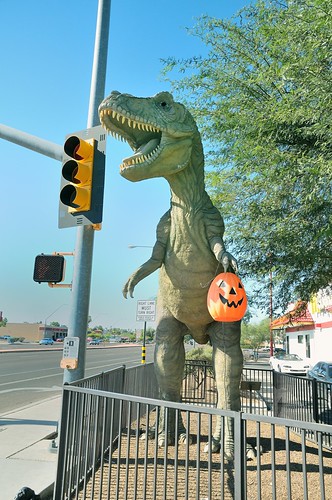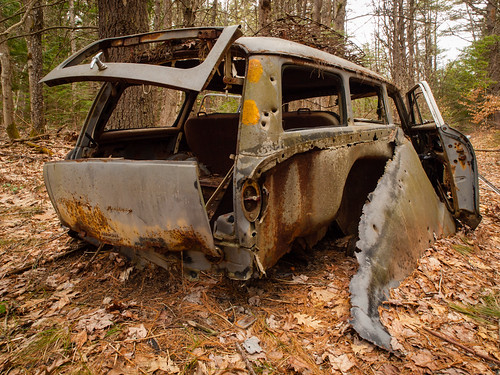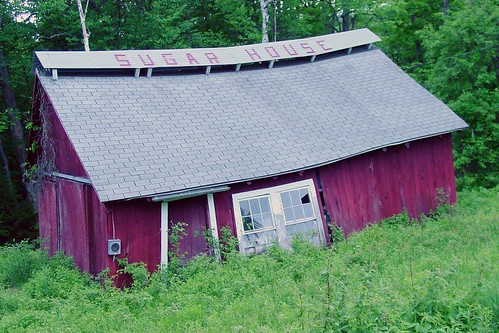From Dave Brigham:
I've lived in the Boston area for most of the last 22 years, and have explored a lot of out-of-the-way spots in the last few. I've had a great time doing so, but recently I've been drawn to the history of the town in Connecticut where I grew up.
Founded in 1670, Simsbury is a suburb of Hartford. My family moved there in 1962, three years before I was born. In those days, the town was still quite rural. I remember tobacco barns less than a half-mile from our house, and many more spread throughout the town.
Simsbury was along the route of the Farmington Canal, a waterway system that ran from New Haven to Northampton, Mass. Begun in 1825 and completed ten years later, the canal never did well, especially once railroads were built.
Still, I remember a section near my house where water sometimes pooled, and when it froze over we played hockey on it.
Trains also once ran through the town. I remember seeing and hearing them when I was a kid. I spent a lot of time with my friends walking along the tracks near my house, to get to the market to buy candy, gum and soda; the country store for penny candy; or to just explore the brooks, ponds and woods alongside the raised track bed.
In August 2011 I went back to Simsbury (my parents no longer live there; they're in nearby Windsor) trying to solve a mystery. When I was a teen, my friends and I explored an abandoned house near the tracks, and I'd long wondered what the circumstances were around that scene.
Through good ol' Facebook, I learned that a man named President Little had lived there, and that he'd been quite a character. While in town for a golf tournament, I decided to see if I could find any remnants of the old house.
Read "In Search of President Little" to find out what I discovered. Then come back.
This year, ahead of the golf tournament -- which is held annually in late August -- I found out about an abandoned road in the Tariffville section of Simsbury, once again through Facebook.
I decided to check it out.
Mountain Road begins in T'ville (as us locals call it), at the bottom of a hill, near the intersection of Route 189 and Elm St. (Route 315). Part way up, you cross into Bloomfield, and shortly after that, the road ends.
There's a sign indicating that the adjacent 28 acres, known as the Frederick C. Bidwell Forest Area, were donated by the Bidwell family for hiking purposes. According to current and former Simsbury residents (via Facebook), there's a path that takes you up to the top of the ridge, from which you can see Hartford. There's a chimney up there that marks where a dance hall once stood.
Unfortunately, I was pressed for time and didn't have time to hike up to find that spot. Next time.
But I did explore the road, which was closed in the late '70s or early '80s because the curves were so close to the edge of the ridge that the road became unstable.
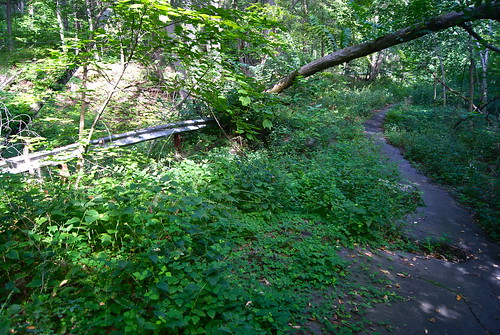

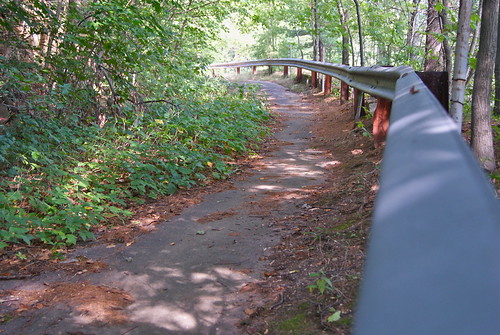
I plan to get back to Simsbury when I can to explore more of the town's historical backside.
